Old and New Winners Finish Transpac Today
Published on July 21st, 2013
Honolulu, Hawaii (July 20, 2013) – Over its long history since first being sailed in 1906, the 2225-mile LA-Honolulu Transpac race has attracted a rich diversity of boat types, and among the nine additional entries that today crossed the finish line today at Diamond Head, there were two outstanding examples of the opposite ends of the spectrum in race boat design and build technology.
In 1929, the brand-new yacht design firm of Sparkman & Stevens was given a commission to design a fast offshore sailing yacht. Built in wood with innovative features like steam-bent rather than sawn frames to keep her light, the 52-foot Dorade was born, and quickly proved to be a breakthrough design. Over the next several years, Dorade won the most prestigious ocean races of the era: the Bermuda Race (1930) the Transatlantic Race (1931), the Fastnet Race (1931 & 1933), and in 1936 under her new owner James Flood, the Honolulu Race as well. No boat has since amassed such an impressive string of victories.
Dorade’s new owners, Matt Brooks and his wife Pam Rorke Levy (or, as they describe themselves, the “current caretakers”) have invested in numerous renovations and upgrades to this wood-masted beauty to prepare her for Brooks’ and Levy’s dream of entering her in all the races she won in her early life. Today she finished the first of those races in an elapsed time of 12 days 5 hours 23 min 18 sec.
“We spent many months and some 30 days of sail training to prepare for this race,” said Brooks, “and it may pay off for us with another victory in corrected time. I brought the trophies this boat won in 1936 and hope to add some more with this race.”
Finishing a few hours later but due to a later start with a much shorter elapsed time (7 days 7 hours 53 min 46 sec) was a yacht representing the other end of the yacht design spectrum. David and Peter Askew’s Reichel/Pugh-designed 74-foot Wizard was built in 2008 in pre-preg carbon fiber, honeycomb core, and the most modern materials available today – very different than Dorade’s oak, fir, teak, cedar and spruce. But Askew has a similar dream as Brooks.
“I’ve done a lot of racing around buoys and in the Great Lakes,” said Askew, “but now I want to do the world’s great ocean races too. We did the Bermuda Race, and now the Transpac, and the Transatlantic Race in 2015 is on my list too.”
Sailed under her former name Belle Mente, this yacht completed the Transpac course in record time for an all-manual-powered yacht in 2009, and thus won the richly-decorative plank of Koa wood known as the “Barn Door” Trophy, an honor she earned again today even though her elapsed time was over a day later than that in 2009.
Wizard strategist Dee Smith was involved with both programs, and said it was the weather conditions that this year that kept the record safe.
“At times it felt like we were in the Doldrums,” said Smith, a veteran of the Volvo Ocean Race. “The clouds had us in their grip, and we could not get to the south where we knew the weather was better. We did 13 sail changes just the other night, trying to keep the speed up while the wind went around in circles. I think we sailed really well, but just did not have any good luck with the conditions.”
Other finishers today include three more Division 8 entries – Ross Pearlman’s Jeanneau 52 Between the Sheets, Sam and Willie Bell’s classic Lapworth 50 Westward, and Ron Simonson’s Jeanneau 44 Sleeper, another Division 1 entry – Giovanni Soldini’s Volvo 70 Maserati – and the first Division 4 entry: Chip Megeath’s Reichel/Pugh 45 Criminal Mischief.
For these teams and many more the race is about challenging the elements and themselves to make the fastest possible race to the finish at Diamond Head. But for two Japanese teams who finished early this morning in Division 8, there was more.
When Hiroshi Kitada’s X-41 KIHO finished at 05:19:20 local Hawaii time, the crew of eight was elated, even though they knew Yuishi Takahashi’s First 40 ten quarter was only 11 minutes behind them and therefore not far enough for them to defeat their rivals in corrected time. The satisfaction was in being first across the line after what amounted to a 2225-mile match race across the Pacific where the teams were rarely out of sight of each other for the entire race.
“It was really fantastic,” said ten quarter trimmer Koichi Agatsuma. “Both teams worked really hard the whole race, we pushed each other, so I think we both should do well in the overall results.”
In the scoring model for Transpac, a complex matrix of wind speeds and wind angles derived from historical data is used to replicate the conditions of a ‘typical’ race. Using this and the ORR VPP to predict the performance of each boat in these conditions, a rating is generated in seconds/mile sailed. KIHO’s rating was about 6 sec/mi faster than ten quarter in this race, and so they owed 3.7 hours of corrected time to their rivals.
Yet regardless of the elapsed and corrected time results, all teams upon arrival are treated to a traditional Aloha party of Hawaiian hospitality, a Transpac feature that helps get crews re-adjusted to life ashore from the past several days of life at sea.
Three more finishers are expected tonight before dawn breaks, and more coming in with the eastern sun.
Yellowbrick trackers are reporting positions, speeds and headings on 6 hour delays for the rest of the fleet, which then revert to being available live as they approach within 100 miles of the finish. Online spectators can follow the racer’s progress using this system: click here to view.
And click here to see the current standings reports.
A daily video analysis on the progress of the race will be provided by race veteran and Seahorse Magazine USA editor Dobbs Davis, with guests on his show such as former Transpac winner and legendary Sled designer/builder Bill Lee. Online access to the shows are also on the race website.
Photos, videos, and other resources are also available in the Media section of www.transpacyc.com, and Facebook and Twitter will provide ongoing news, photos, videos and commentary about the activities and people involved with the 2013 Transpac.
For more information about the race, contact media@transpacrace.com or visit www.transpacyc.com.
About the Transpac: Organized by the Transpacific Yacht Club, the Transpac is a 2225-mile race from Point Fermin in Los Angeles to Diamond Head, just east of Honolulu, a distance of 2225-miles. With its first running in 1906, this is among the world’s great ocean races, and biennially attracts the world’s most talented offshore sailors and offshore sailing adventurers. For more history and information, visit www.transpacyc.com.
Photo by Sharon Green/Ultimate Sailing


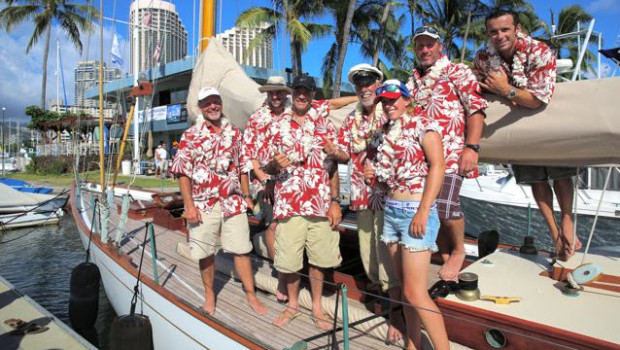

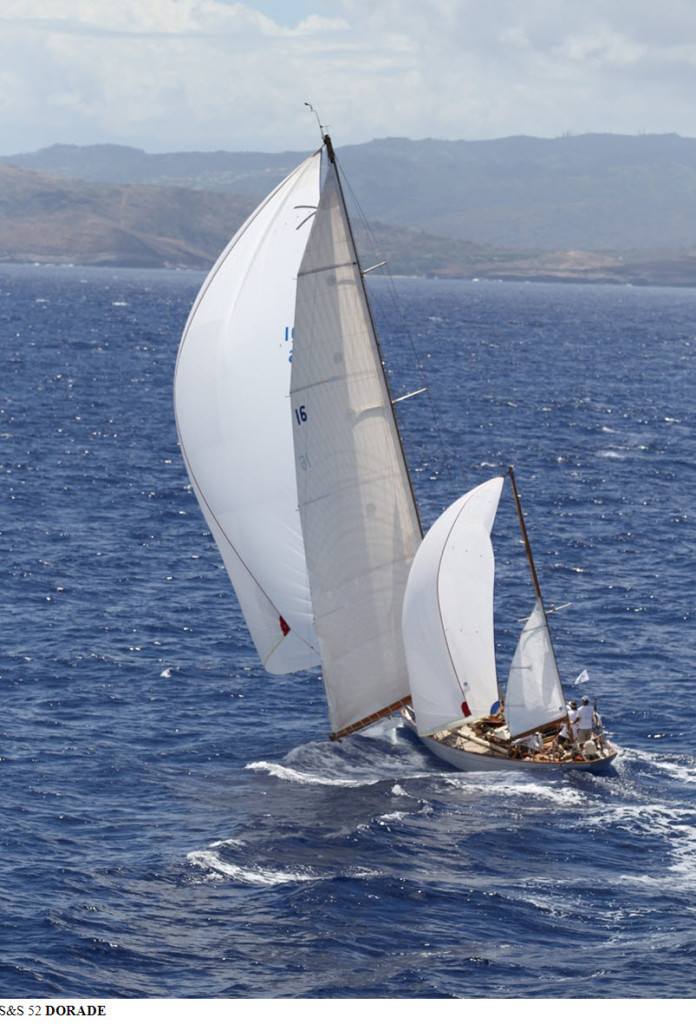

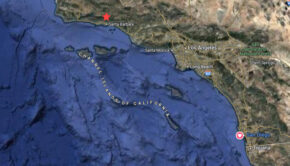
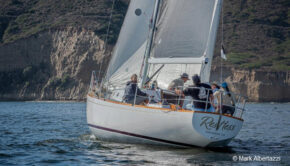
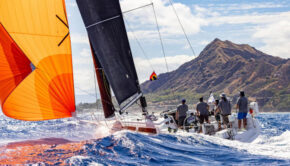
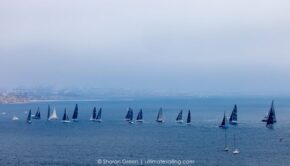
 We’ll keep your information safe.
We’ll keep your information safe.